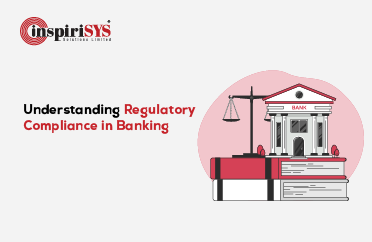Advanced Persistent Threat (APT) seems familiar to US military over the tenure of a decade. Advanced Persistent Threats are network attacks in which performers include nation-states. However, these attacks have not advertised about the performers. Even codes have not revealed regarding which country or intelligence agency remains responsible for APTs. Mostly, attackers could be availing proxies and mask their real source.
On observing in-depth, codes are well-defined in APT. These codes indicated the involvement of a team of developers and not individuals. If an attack occurs, you need to consider resources to pay those developers. Hacking Team traded their products for hundreds of thousands of dollars to several countries across the globe. Imagine about the cost required for countries that hold their own domestic “hacking teams.”
However, APTs cause fewer worries to most of the people. Unless you are managing IT systems of a government agency or a defense contractor, you reasonably do not have to worry about APTs. Instead, need to focus on data breaches and targeted attacks.
Targeted Attacks versus APTs
Targeted attacks are not similar to APTs. They are not performed by countries instead carried out by attackers across the world. The intentions may vary such as stealing information, carrying out fraudulent activities, or causing trouble within the business. The targeted attacks involve the use of tools from an underground marketplace.
Targeted attacks create worries to organizations, not to a government agency or a defense contractor. It is easy to obtain information to target any individual through Social Engineering such as LinkedIn or Facebook. An attacker deploys various tools such as remote access tools (RATs) to compromise an organization.
These tools are responsible for data breaches and security incidents. Unfortunately, organizations are not capable of handling target attacks due to their inconceivable state of mind. The organizations depend on traditional antivirus solutions, which are ineffective against several tools at present. They need to adopt new solutions that originate from security vendors to deal with threats at present.
Both targeted attacks and APTs promote a cynical attitude toward the defenders. It is not easy to recover from the targeted attacks and APTs once influenced. Most people and organizations are not facing a well-funded and super-skilled threat but a different kind of threat. Both APTs and targeted attacks have similar intentions of causing security incidents and data breaches. Organizations must implement security standards and policies with solutions from security vendors for probably reducing the chances of occurrences of such attacks and defending against these attacks.







